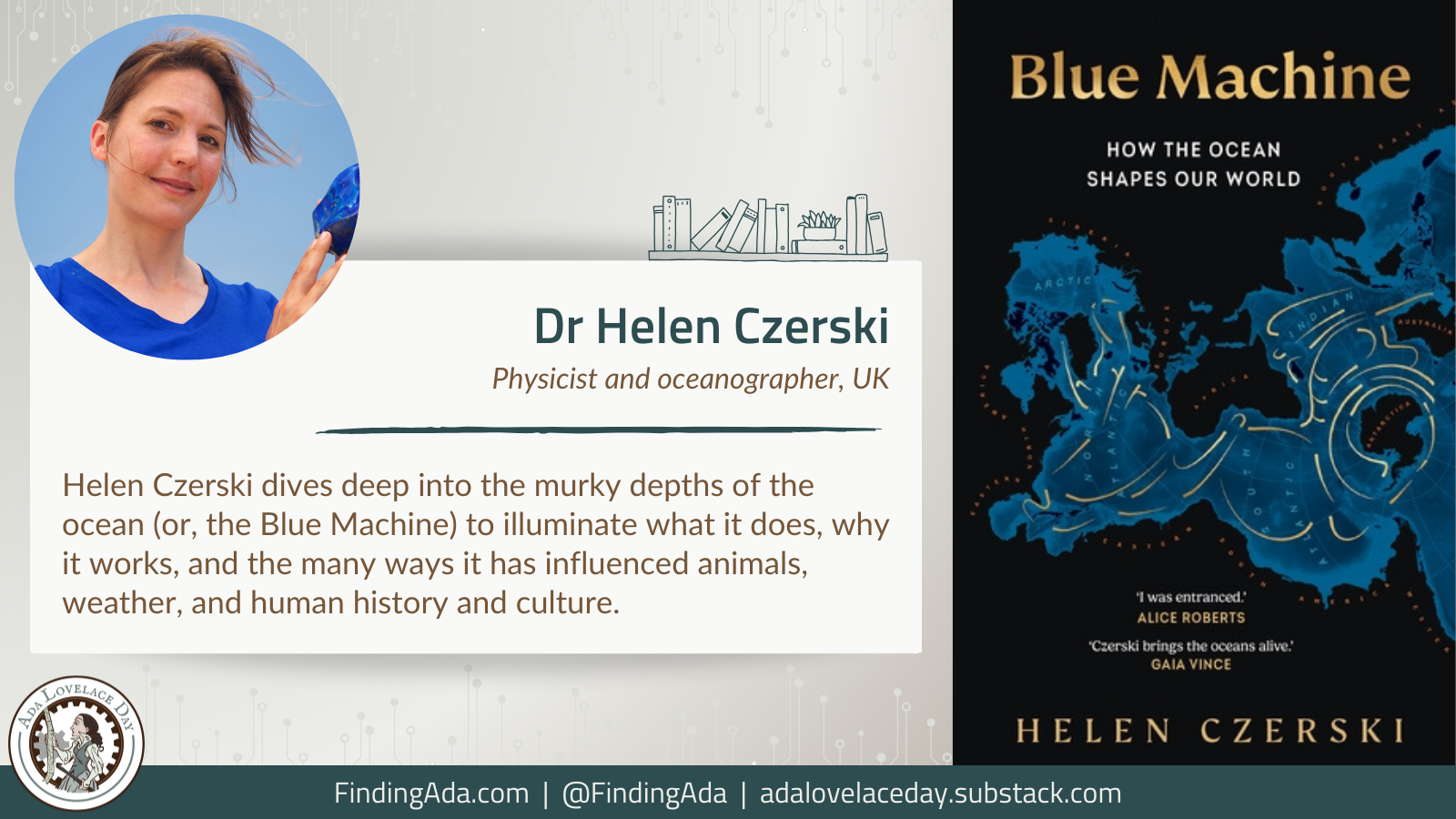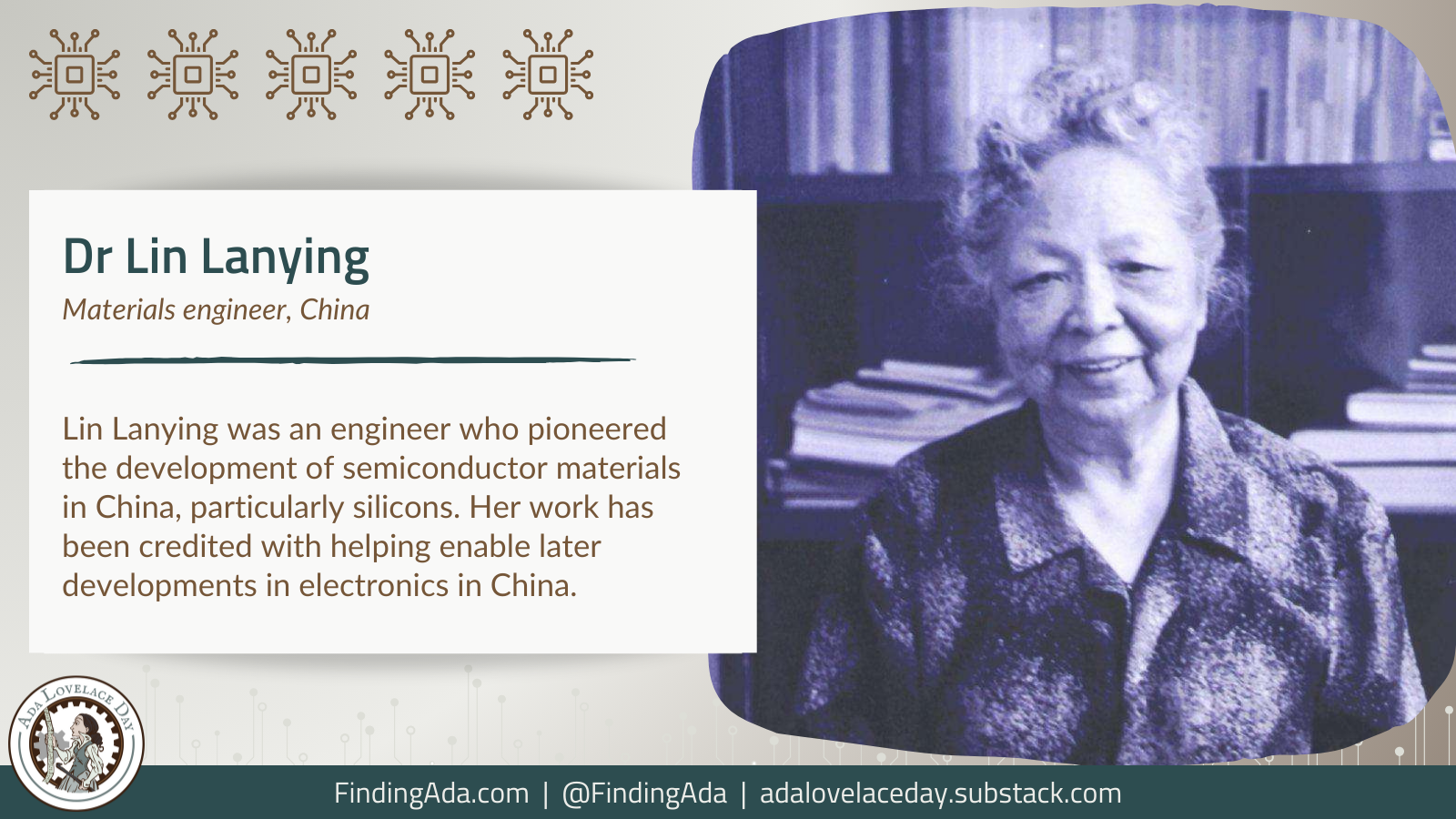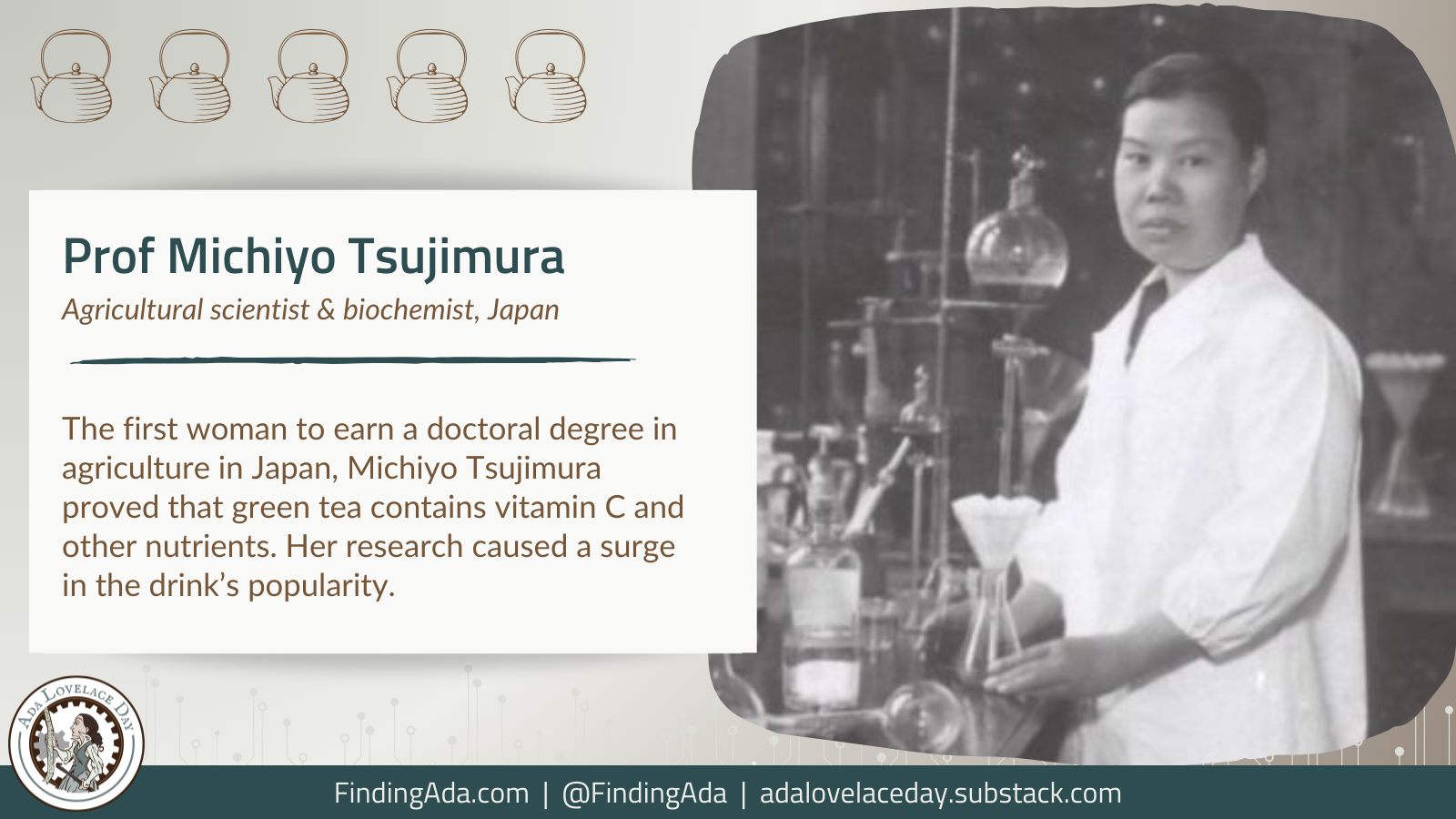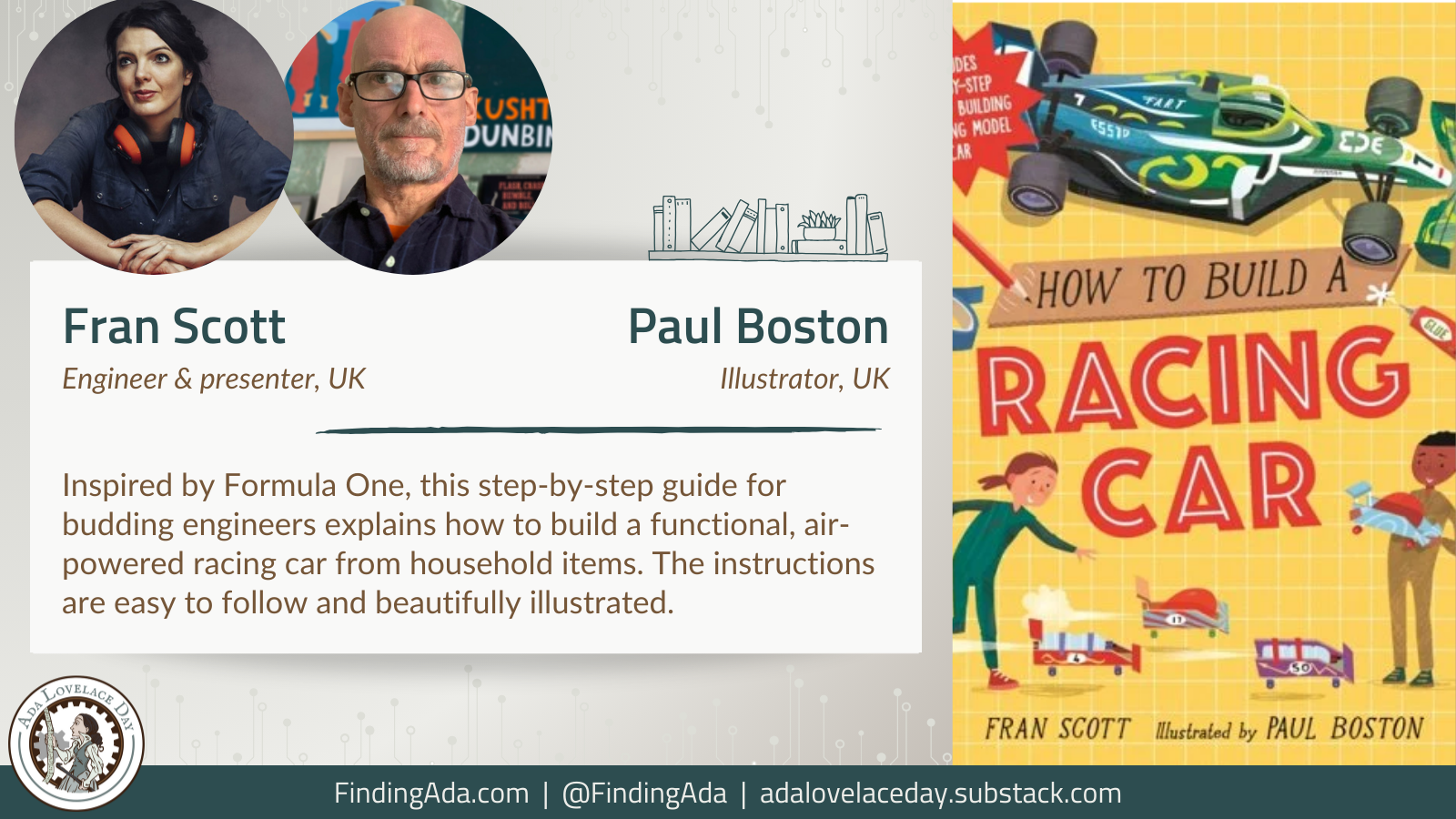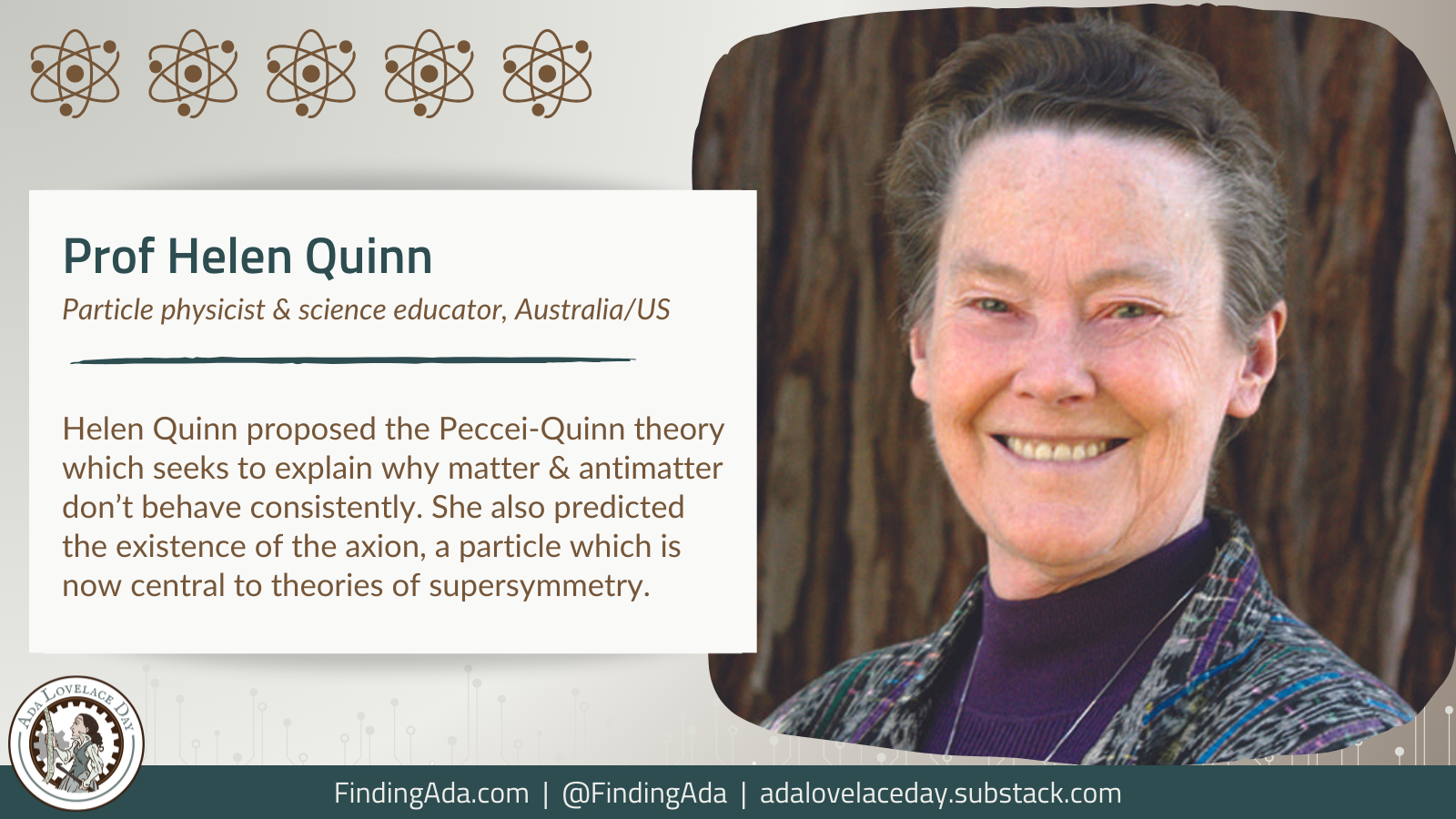Blue Machine: How the Ocean Shapes Our World, Helen Czerski
Blue Machine: How the Ocean Shapes Our World is a book that will recalibrate our views of a huge and defining feature of our home planet Earth – our ocean. All of the Earth’s oceans, from the equator to the poles, form a single engine powered by sunlight – a ‘Blue Machine’. This book uncovers what the Blue Machine does, why it works, and the many ways it has influenced animals, weather, and human history and culture.
Physicist and oceanographer Helen Czerski dives deep to illuminate the murky depths of the ocean. She examines the messengers, passengers, and voyagers that live in it, travel over it, and survive because of it. From the ancient Polynesians who navigated the Pacific by reading the waves, to permanent residents of the deep such as the Greenland shark (capable of living for hundreds of years), Czerski explains the vast currents, invisible ocean walls, and underwater waterfalls that all have their place in the ocean’s complex, interlinked system.
Timely, elegant, and passionately argued, Blue Machine presents a fresh perspective on what it means to be a citizen of an ocean planet. The understanding it offers is crucial to our future. Drawing on years of experience at the forefront of marine science, Czerski captures the magnitude and subtlety of Earth’s defining aquatic feature, showing us the thrilling extent to which we are at the mercy of this great engine.
Order the book on Bookshop.org.uk.
About the author
Dr Helen Czerski is, first and foremost, a physicist, but has become a renowned oceanographer, presenter, author, and bubble enthusiast along the way. Born and raised near Manchester, she became passionate about maths and science, which continued into her studies in Natural Sciences at the University of Cambridge and her PhD in experimental explosives physics.
After completing her PhD, she continued her search for subjects that could build upon her experiments but with applications in the natural world – which is how she developed an interest in bubbles and oceans at The Scripps Institution of Oceanography in San Diego, California. After her tenure as a postdoc at the Graduate School of Oceanography in Rhode Island, she returned to the UK to start her own research programme on the physics of oceanic bubbles at the University of Southampton; she now continues these studies at her current academic home, University College London.
Since 2011, she has been a frequent presenter for the Fully Charged Show and The Cosmic Shambles Network, alongside hosting an ocean podcast for the Bertarelli Foundation called Ocean Matters. She continues to be fascinated by the physics of the everyday world and the oceans as well as conveying the beauty and ingenuity of the physical world around us.
You can follow Helen Czerski’s work here:
Twitter: @helenczerski
Instagram: @helen_czerski
Website: helenczerski.net
Mastodon: fediscience.org/@helenczerski
With thanks to Synergy for their support.
